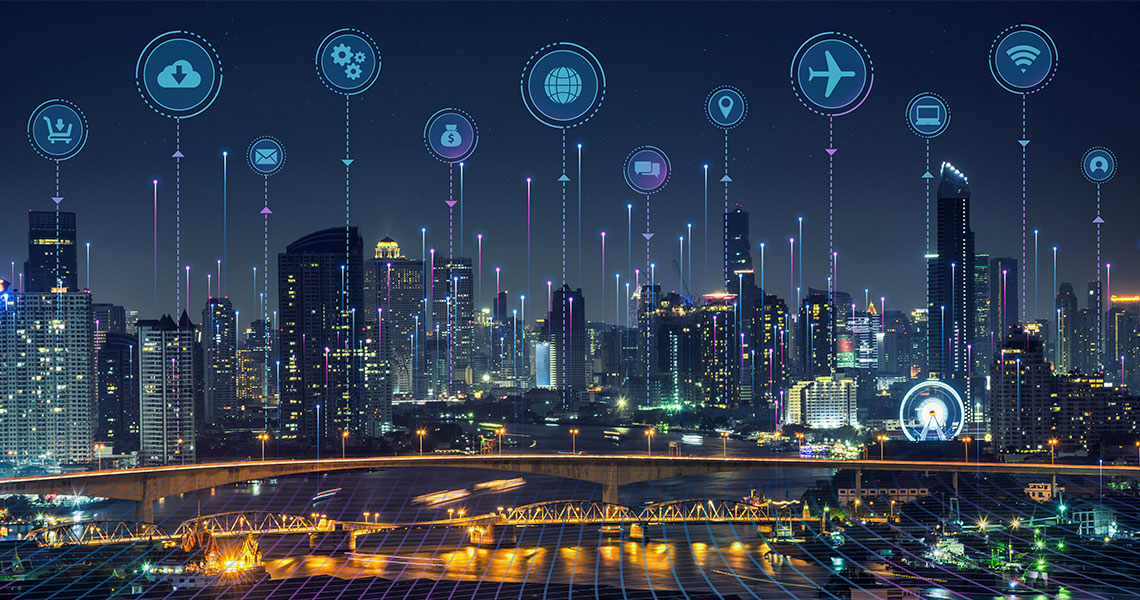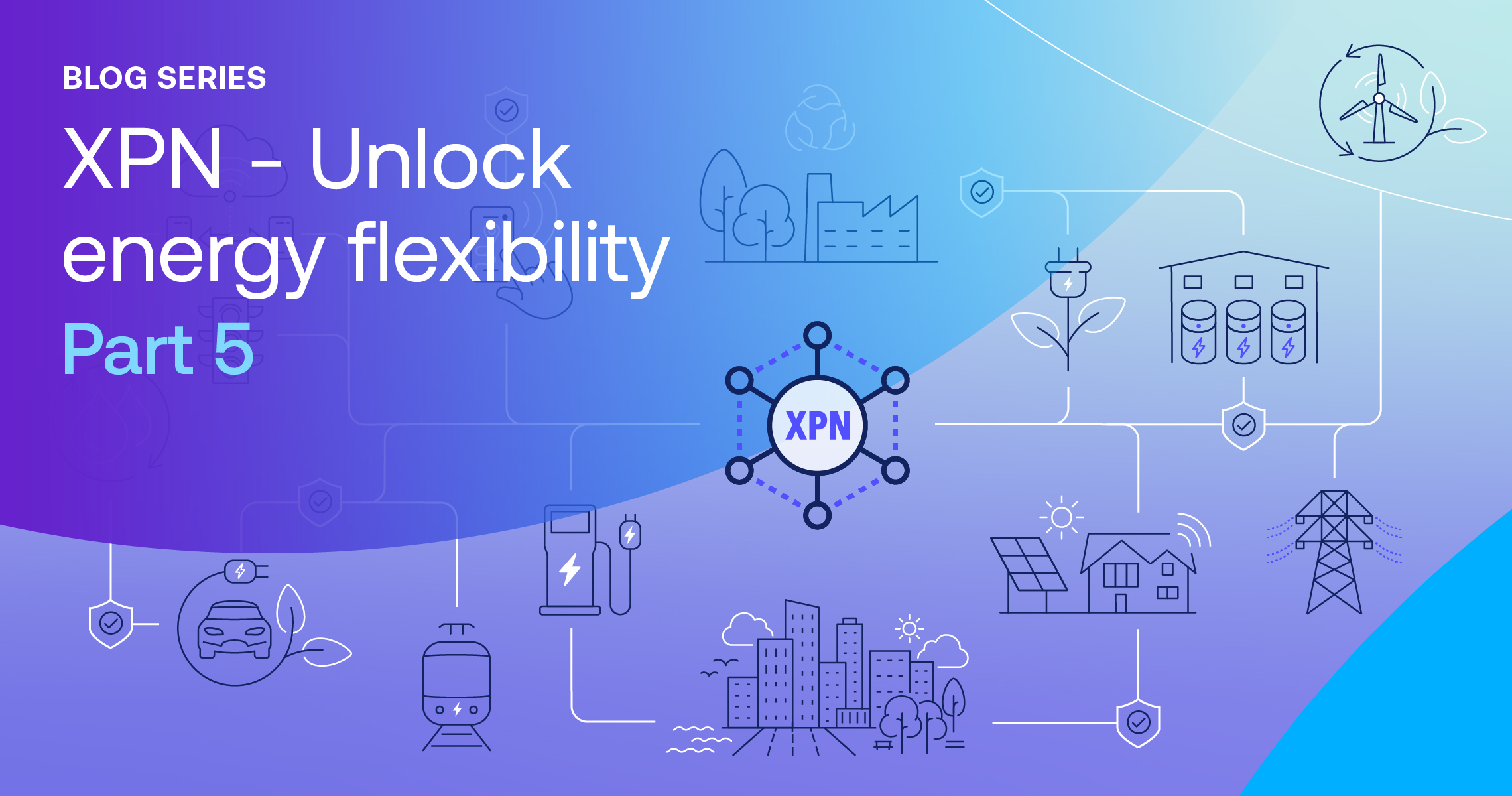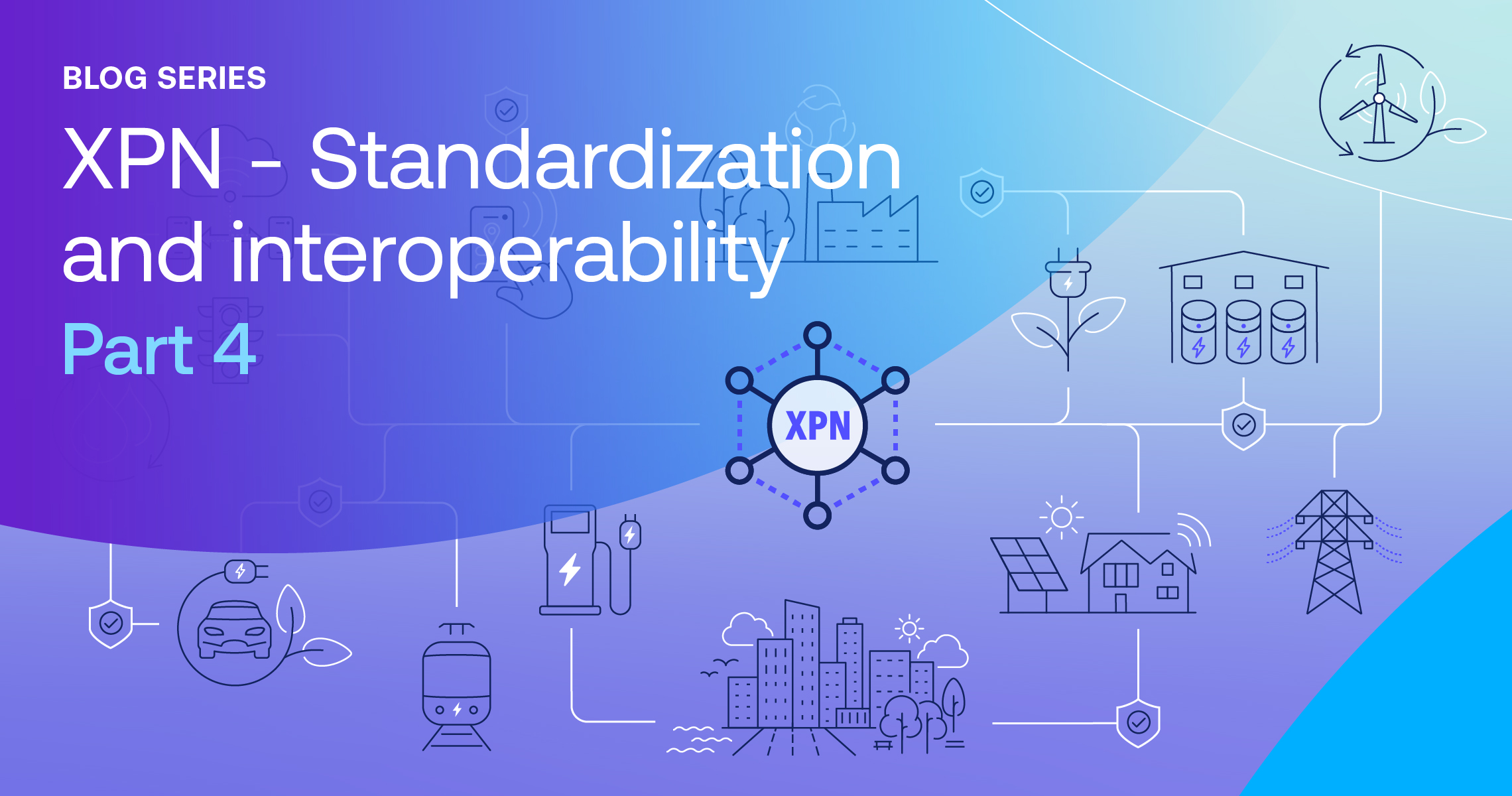Internet of things (IoT) devices are proliferating rapidly—By 2025, 75.44 billion IoT devices will be installed worldwide.
The vast network of IoT devices are bringing new levels of automation, connectivity, and intelligence. The huge amount of real-time data that they produce are transforming many industries, including considerable improvements to service delivery and customer experience. When integrated into data operations, IoT data analytics can bring many advantages.
Currently, the biggest obstacles to fully utilizing IoT data analytics are the costs and speed of storing, processing, and analyzing the extensive flows of data from distributed IoT devices. Despite these issues, we’ll take a look at some of the most important areas where IoT data analytics are proving to be valuable.
Nine IoT data analytics use cases
Predictive maintenance
For industries that rely upon large machinery or equipment, such as utility service providers, IoT sensors and connected devices can measure the wear and tear of the machinery and predict failures. IoT data analysis measures and correlates load, usage, material throughputs, temperature, and other stressors. Information from the data generated allows organizations to identify issues before they happen and schedule maintenance accordingly. Per McKinsey, using IoT data analytics for predictive maintenance can lower maintenance costs by 40% and reduce equipment downtime by 50%.
Smart metering
Smart home devices and systems can reduce energy consumption through a centralized dashboard where homeowners can easily identify and optimize their energy use. When combined with smart metering analytics, energy providers can collect and analyze the data to develop tailor-made packages to meet specific users’ needs or incentivize greater energy conservation.
Improving customer experience
Understanding how customers interact with a product or service and how to improve their experience is also well within the capabilities of IoT analytics. There are many ways IoT data analytics can be used to improve business offerings. In one example, AGT International analyzed fan movements, reactions, and heatmaps at basketball games. They then used this data to optimize seating placement and facility access, to improve fans’ gameday experience.
Supply chain management
Organizations can use IoT data analytics to make sure their products arrive on time and in optimal condition. Small, cheap, and powerful IoT sensors are being used across the supply chain network. The sensors track not only the exact location of goods but also their travel speed and storage conditions, such as ambient temperature, humidity, and light. All this information can be fed back into delivery systems to optimize transportation efficiency and delivery time.
Medical devices
Remote IoT devices help improve patient outcomes with features like insulin monitoring and fall detection. With IoT data analytics, health service delivery is improving with insights gained into certain conditions and the effectiveness of prescribed medications. Armed with this information, medical practitioners are modifying and improving their treatment plans.
Smart parking
Remote IoT sensors, the backbone of tomorrow’s smart cities, are already being used to enable smart parking, where sensors detect available parking spaces around the city and upload this real-time information to an app. Users quickly and easily locate a spot rather than having to drive around looking for one. Already in use in many cities worldwide, this use of IoT data analytics is also beneficial for the city itself—when car parking is maximized, it can lead to 20% to 30% increases in parking revenue.
Smart building monitoring
Natural disasters and consistent environmental change can create a considerable risk to buildings and infrastructure, and potentially cost lives. Data gathered from IoT devices and IoT data analysis can track important metrics over time, such as tremors that may otherwise have gone unnoticed, moisture levels in walls, or deterioration in brickwork or plaster. This data can monitor structural health, predict issues, and any necessary remediation work.
Smart grids
Smart grids create a full picture of energy use across areas ranging from the size of cities to full continents by collecting IoT and other data from energy producers and consumers. The IoT data gathered can be analyzed to optimize energy usage and efficiently distribute energy relative to load. A more responsive grid is the result, enabling benefits such as lowering prices during peak solar production times, allowing two-way energy flows so users can sell back to the grid, and ensuring energy infrastructure is built in the most effective locations.
Agriculture
Environmental sensors can measure real-time weather changes, calculate direct sunlight and rainfall and determine nutrients and moisture levels in the soil. All sensor data can be correlated against crop conditions, health and yield requirements. All powered by big data and IoT data analytics.
Performing IoT data analytics
It’s no surprise that the market for IoT data management is projected to grow to $147 billion by 2026. Yet there are obstacles that prevent the full potential of IoT data analytics. The huge volumes of data that IoT devices produce leads to increased costs along with the issue of storing, processing and analyzing the data in a timely and efficient manner. There is also increasing regulatory oversight, privacy and protection over the IoT data analysis, such as the CCPA in California and GDPR and the upcoming EU Digital Services Act.
A way through the complexity of making the most out of IoT device analytics is an approach that combines data and device operations within a secure, interoperable data platform, such as Intertrust Platform. Intertrust Platform creates a virtualized data layer that brings together all the data that’s needed for query and analysis, no matter where it resides, effectively avoiding both time-consuming data migration and more costly storage options. The IoT data analytics are then performed in secure containers with fine-grained access controls, which decreases the potential for data leakage or security breaches. These security measures and others also help to ensure regulatory compliance, even when collaborating with partners or using third-party Iot data analysis.
To find out more about how Intertrust Platform enables important IoT data analytics use cases across the world, you can read more here or get in touch with our team.




